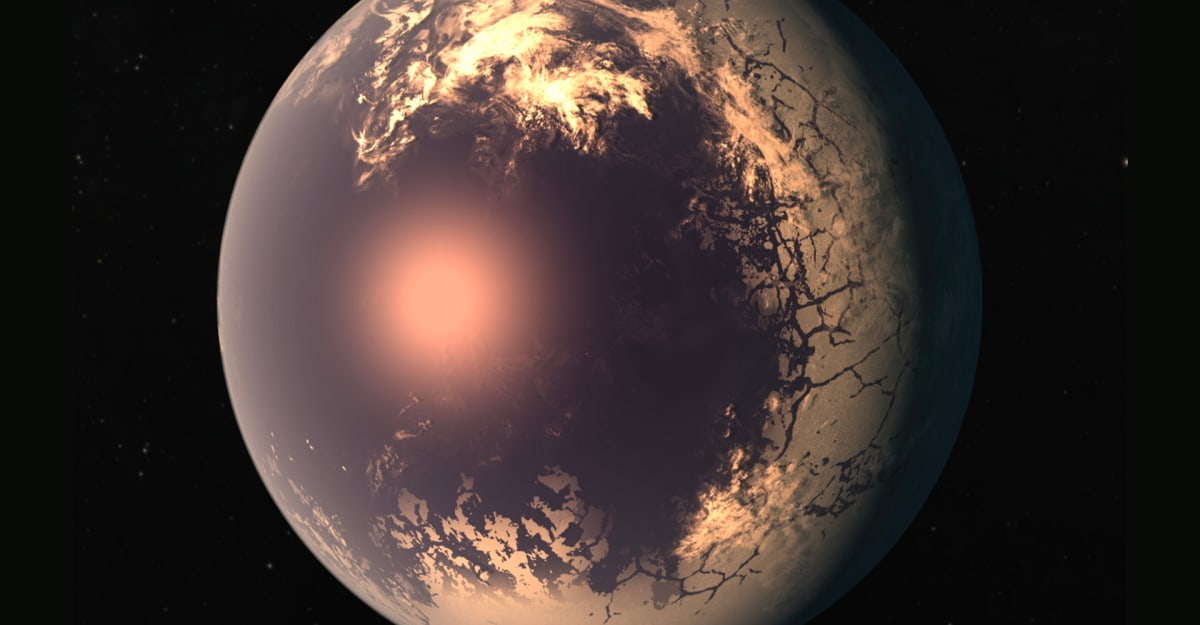Scientists record another type of exoplanet. Looking at it is very disturbing, because it resembles a giant eyeball of a person staring into the darkness
There is no doubt that space is a place of remarkable phenomena. For the most part, they fascinate humanity and entice us to explore further, but there are also cases that can frighten or at least repel us. If we leave aside the threats and associated catastrophic scenarios about the possible end of our existence, we can add a special, rather terrifying type of exoplanets that look like human eyes. They fly through space and it can seem to us that, thanks to the shape with the eyeball, they are simply staring at the events around them.
In fact, the special shape of these exoplanets is due to the action of tidal forces, specifically the situation when the body rotates at the same speed as a larger body, usually its star or planet. The described “eye” planets have exactly these properties, so that forever one of their sides remains facing the star and the other side is turned away for a change. In other words, one has eternal day and the other eternal darkness. The conditions are so different that the day side must naturally look quite different from the night side, depending on how close the planet is to the star.
Due to the different distance, the day side may be dry as all the water has been burned off by the star radiation, while the other side may be one huge ice cap, wrapping around and ending in an ice ring. According to a 2013 study published in a professional journal Astrobiologythen such a ring could be habitable, even though it would be in eternal twilight, but with water from melting glaciers that would allow the creation of fertile areas where vegetation could survive.
You might be interested: We have discovered the revolutionary twin of the Milky Way. See a galaxy that shouldn’t exist
Scientists then call such an “eyeball” hot, and astronomer Sean Raymond’s mouth from the statement for Nautilus they also add a description of the ice bulb. It is further away from the heat of its star, so on the far side there is not necessarily only burnt land, but also an ocean, which could be habitable again, similar to the oceans on Earth. “Hot-eye and ice-eye planets are extreme examples,” Raymond warned, adding that each planet that is tidally bound to its star is likely to look different. However, layers from different hemispheres should still be visible on them, which creates the effect of a human eye looking into space.
Source: Science Alert, Astrobiology, Nautilus
2024-01-04 05:00:00
#gigantic #eye #flying #space #Star #Trek


